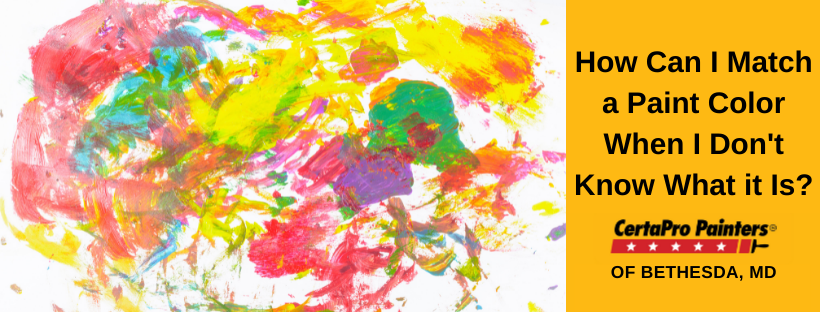
How Can I Match a Paint Color When I Don’t Know What it Is?
Posted on December 24, 2021
If you’re like most people, at some point you’ve painted from an old bucket of paint and ran out before you finished. Most of us then go straight to the lid and look for the label in an attempt to see the mixture codes, only to find a faded label. What are your options? Today, we’ll discuss how to avoid this problem and what to do if it happens.
See How Much Paint You Have Left
This may seem redundant, but it’s easy to over or underestimate how far the remaining paint will go. Unfortunately, there’s no clear answer, because in most cases it will depend on what’s being painted. For example, if you’re painting over a brown wall with white, expect to apply several thin coats, or better yet, seal and prime it before doing any painting. If the surface is rough, it will need more paint because the surface will grab onto and hold more paint.
Sometimes, the best way to estimate if you’ll have enough is to just do the math. Most gallons of paint will cover at least 200 square feet. If 25% of the paint still looks usable, you should have enough for an area of about 50 square feet. However, it’s a good idea to decide upfront how many coats you’ll need for the job.
Make a Custom Color
One great way to not only save money on paint but show off your creativity is to take several old cans of paint and mix them together for a custom color. You’ll likely make a gallon from a few cans, but if you like it, don’t use it all. Find an index card and using a thin brush, paint the index card with the color. Then you’ll have a sample that can be scanned by a color matching computer.
Computer Matching
The reason you want to use a thin brush to make your sample is so you won’t leave brush marks. Brush marks will leave a shadow that might cause the computer to make the paint too dark. Make sure your sample is at least the size of a quarter and keep it as clean as possible.





